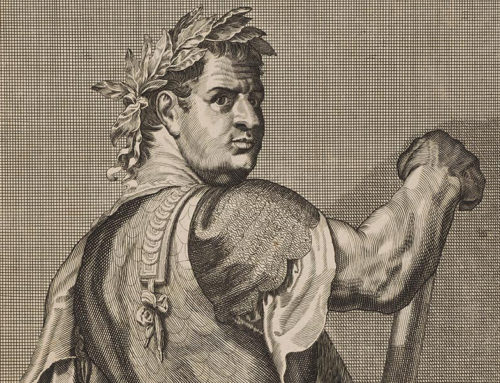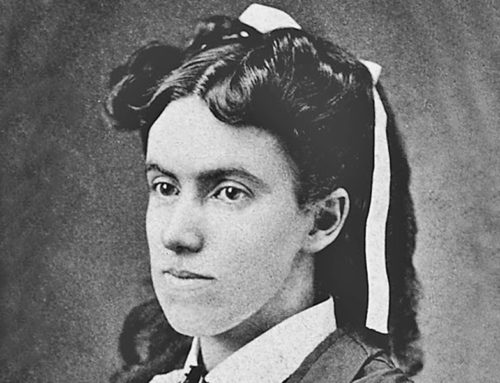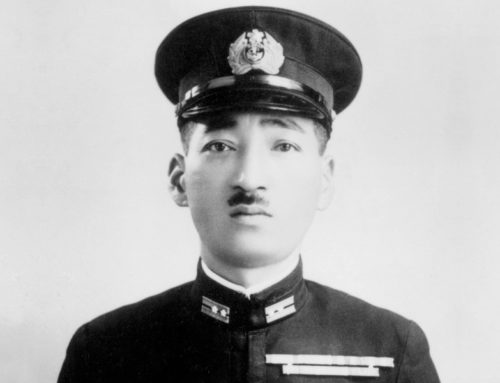

“I have sunk in deep mire, and there is no foothold; I have come into deep waters, and a flood overflows me.” —Psalm 69:2
The Johnstown Flood, May 31, 1889
![]() loods are among the most destructive of all the natural phenomena that have afflicted mankind in the past. Due to a series of man-made modifications to the Little Conemaugh River in Pennsylvania, an unprecedented downpour of rain overwhelmed the South Fork Dam and hurtled more than 3.8 billion gallons of water through narrow valleys, wiping out small villages and towns. In about an hour the roiling mountain of debris and water struck Johnstown, a place of 30,000 inhabitants. In the most destructive flood of the 19th Century, 2,208 people died — exceeded only in civilian deaths in the United States by four cyclones, the San Francisco Earthquake, and the attack on the World Trade Center.
loods are among the most destructive of all the natural phenomena that have afflicted mankind in the past. Due to a series of man-made modifications to the Little Conemaugh River in Pennsylvania, an unprecedented downpour of rain overwhelmed the South Fork Dam and hurtled more than 3.8 billion gallons of water through narrow valleys, wiping out small villages and towns. In about an hour the roiling mountain of debris and water struck Johnstown, a place of 30,000 inhabitants. In the most destructive flood of the 19th Century, 2,208 people died — exceeded only in civilian deaths in the United States by four cyclones, the San Francisco Earthquake, and the attack on the World Trade Center.

Detail of The Great Conemaugh Valley Disaster — Flood & Fire at Johnstown, Pa., subtitled Hundreds Roasted Alive at the Railroad Bridge
The dam was constructed as part of a state-wide canal project by the Commonwealth of Pennsylvania. When railroads superseded the canals, the dam, its two mile by one mile lake and surrounding land were sold to the Pennsylvania Railroad who in turn, sold it to private interests — wealthy men connected to the iron and steel industry in Pittsburgh. The city industrialists formed the South Fork Hunting and Fishing Club and modified the dam and reservoir to sustain vacation cabins around the now private lake. After the Club opened in 1881, the dam occasionally sprung leaks, which brought protests from the Cambria Ironworks downstream, and hasty repairs.
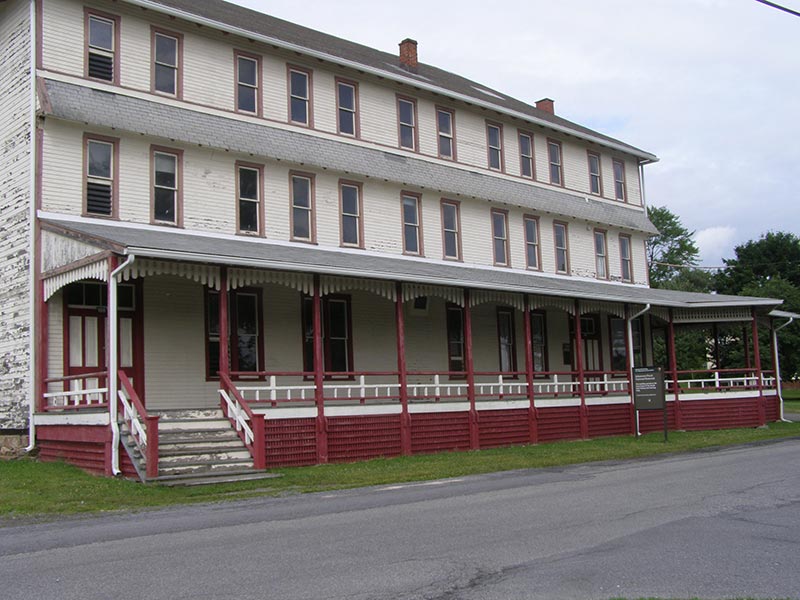
The former South Fork Fishing and Hunting Club, now the Johnstown Flood National Memorial
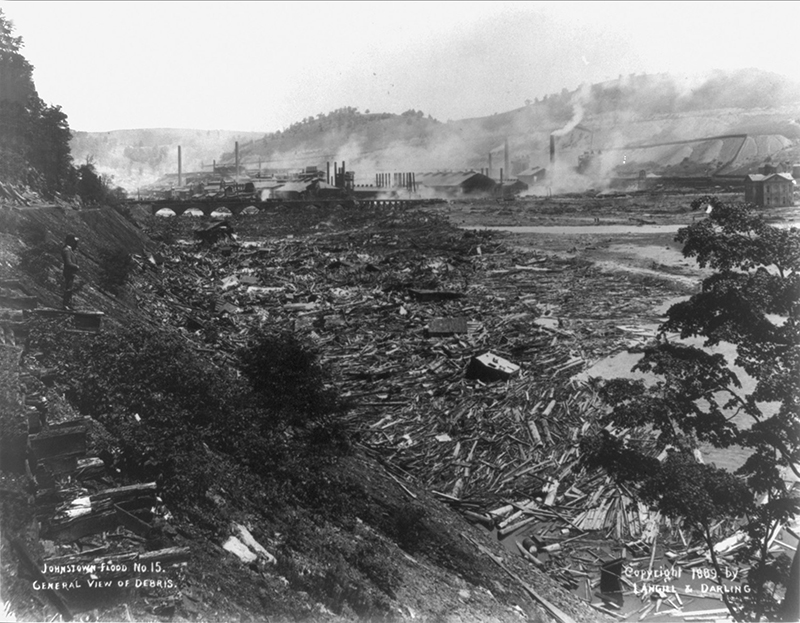
General view of debris following the Johntown Flood
On May 31, 1889 a torrential downpour brought an estimated ten inches of rain overnight into the Conemaugh River valley. Elias Unger, the president of the Club, living above the dam, saw by morning light that the lake was on the verge of cresting the dam. He marshaled as many men as he could to pile mud and rocks on top of the dam, and to unclog the spillway. Engineer John Parke rode to the nearest town, South Fork, to telegraph Johnstown that the dam was not holding. The word never made it to the general population. Some people were already trapped in their homes from the rising waters, and awaited rescue. At about three in the afternoon the dam breached, and millions of tons of water and collected debris came roaring down the valley.
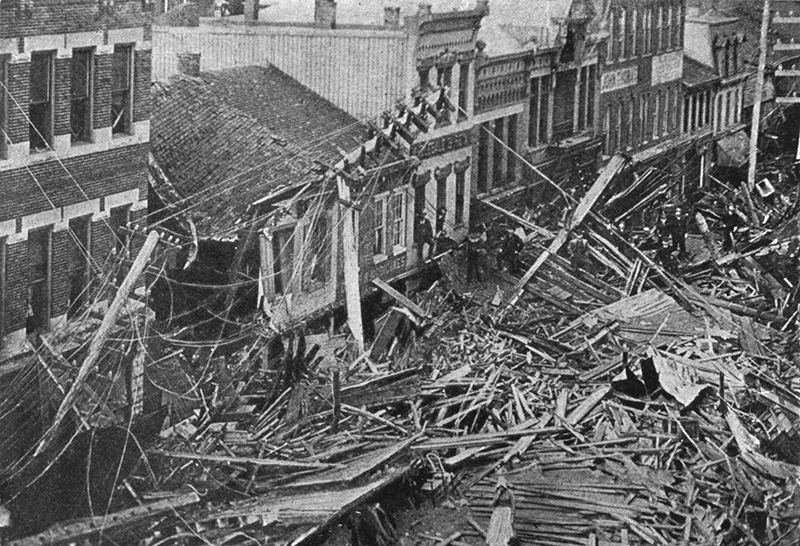
Post-flood view of Main Street in Johntown
The people of South Fork fled up the hills and only four perished. The town of Mineral Point was utterly destroyed, killing sixteen. As the flood descended toward Johnstown it picked up trees, houses, a viaduct, railroad cars, and a wire works with miles of barbed wire that entangled everything that fell in the water. Fifty died in East Conemaugh and three hundred fourteen in Woodvale. Fifty-eight minutes after busting the dam, the torrent reached Johnstown — sixty feet high, travelling at forty miles per hour and with the force of the Mississippi River at the delta.
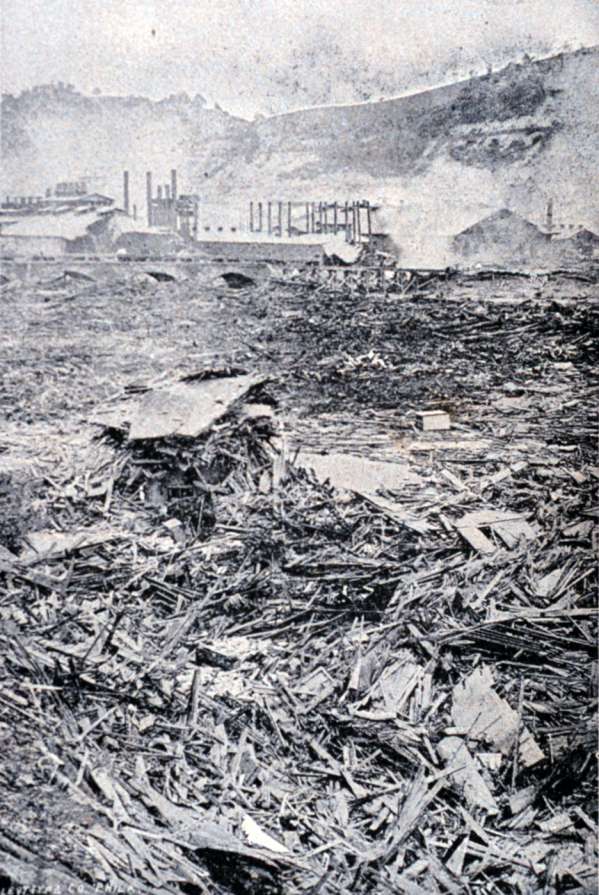
Debris above Pennsylvania Railroad bridge
A seventy-foot-high pile of debris stuck at the Pennsylvania Railroad stone bridge and caught fire, immolating all who had been swept into the crush. A second wave of water and debris rushed into town from another direction, catching survivors of the first wave by surprise. Before the waters subsided, more than two thousand two hundred people were dead. The thirty-acre jam at the bridge had to be dynamited and it took three months to clear it all out. More than seven hundred of the dead were never identified.
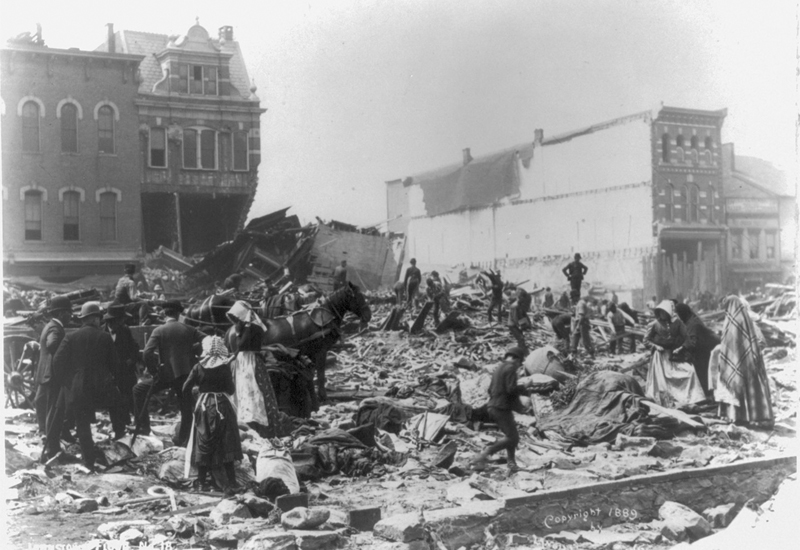
Main Street after the flood
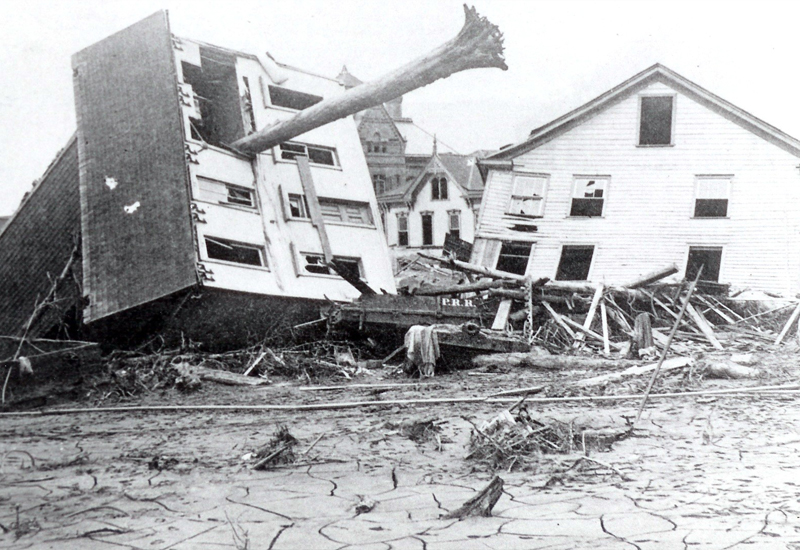
The aftermath of the Johnstown Flood
More than three and a half million dollars from eighteen different countries poured in for relief. Clara Barton’s Red Cross worked for five months to help alleviate the suffering that followed the tragedy. The Club was sued for modifying the dam and not making adequate repairs, but in the end, were exonerated and the disaster deemed “an act of God”. Some of the millionaires donated money to the victims. Andrew Carnegie built them a library. A hydraulic analysis in 2016 confirmed that the changes made by the Club to the dam were largely responsible for its failure.
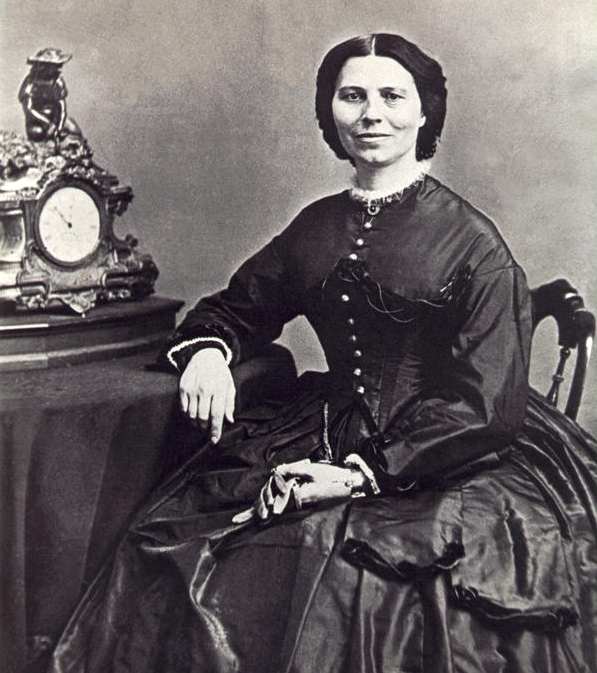
Clara Barton, founder of the American Red Cross (1821-1912)

The Johnstown Flood, by David McCullough, 1968 (his first book)
‘Facts about the 1889 Flood’, (Johnstown Area Heritage Association web site)
Image Credits: 1 The Great Conemaugh Valley Disaster (Wikipedia.org) 2 South Fork Club (Wikipedia.org) 3 View of debris (Wikipedia.org) 4 Johnstown Main Street view 1 (Wikipedia.org) 5 Johnstown flood debris (Wikipedia.org) 6 Johnstown Main Street view 2 (Wikipedia.org) 7 Damaged house (Wikipedia.org) 8 Clara Barton (Wikipedia.org)


